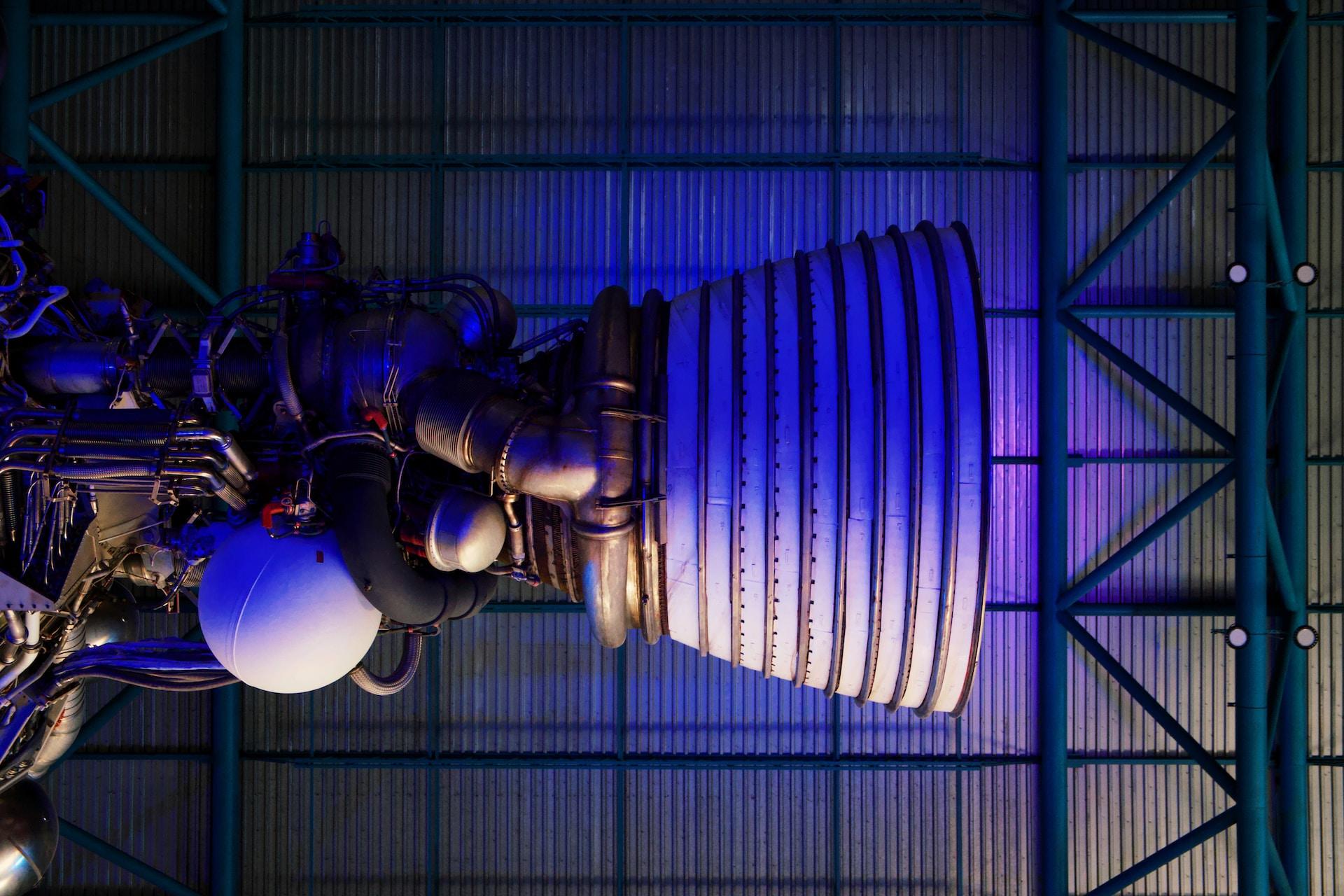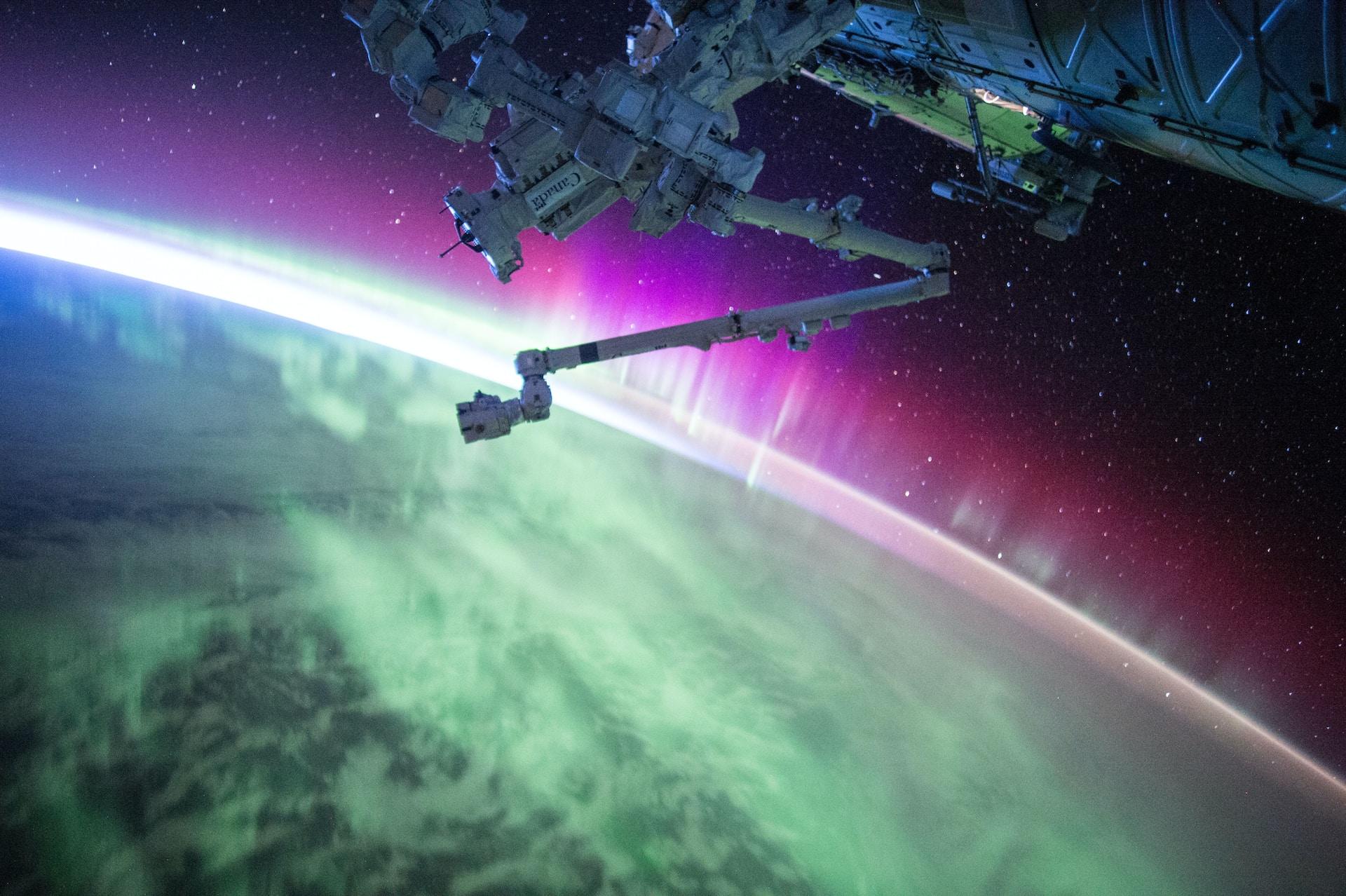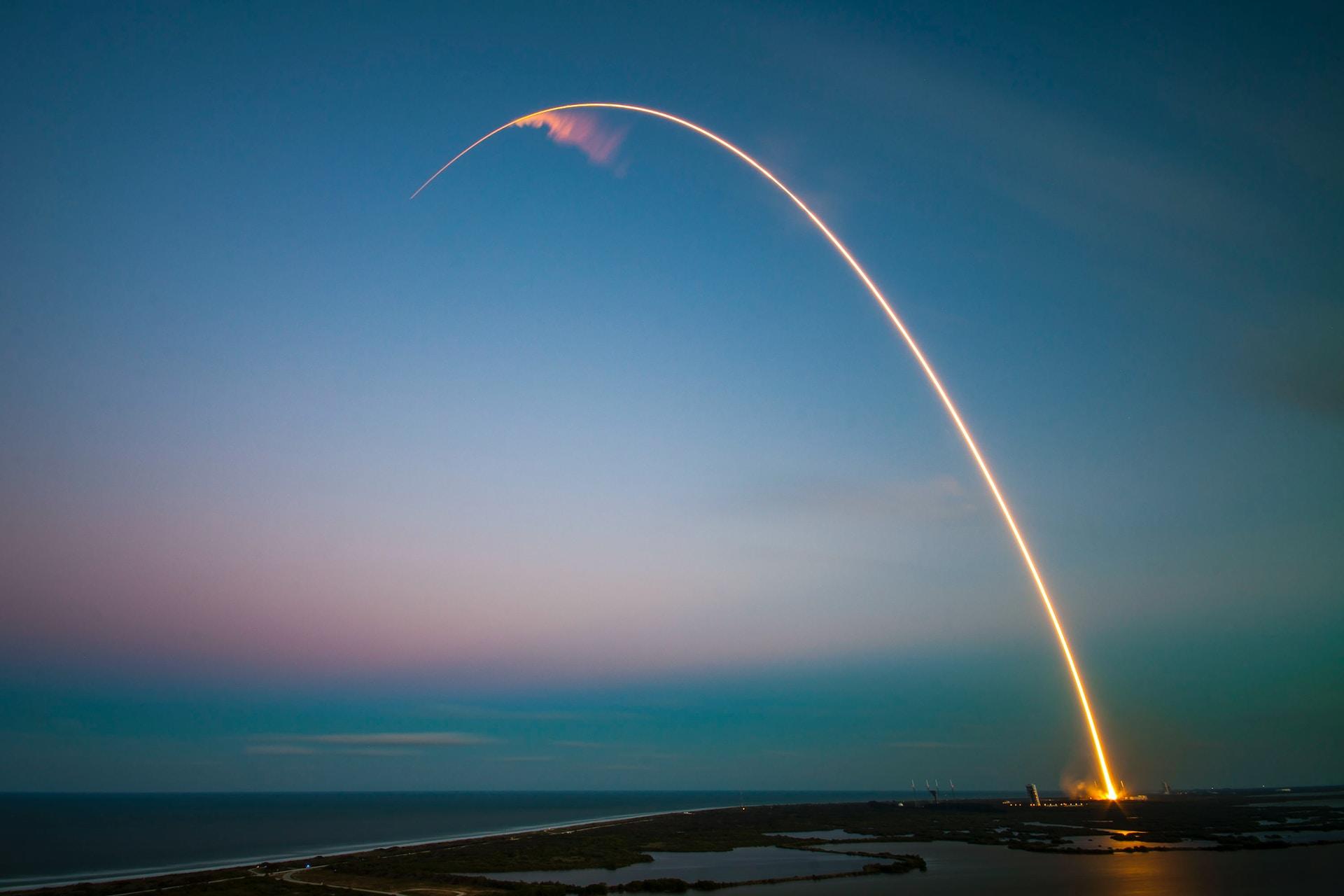On the day of France's celebration of unity, July 14 (2023), the privately-owned space tourism company Virgin Galactic announced its second commercial flight. Three passengers willing to part with nearly a half-million dollars will experience liftoff and a few minutes of weightlessness. And then, they will return to Earth, presumably richer for the experience.
We'll leave aside the irony of a Day of Unity proclamation about a privilege only the ultra-wealthy can afford. Instead, let's focus on Galactic's long road to launch day. It's a road littered with setbacks and faulty technology.
In 2007, three employees died when a rocket engine component exploded under test. Three more employees were critically injured. From then until 2014, the company continued to announce setbacks and delays that forced them to roll back launch dates. In 2014, the VSS Enterprise crashed, pushing Virgin Galactic's promise of space adventure even further back.
Thoughts of space tourism aren't new, nor are they limited to one company. Since the 1950s-era Space Race, corporations have envisioned a lucrative space travel enterprise. Their dreams include space hotels and spacewalks.
Until very recently, technology lagged behind vision. As Galactic's and other recent rocket mishaps prove, science and engineering have a long way to go before space travel becomes ubiquitous. Superprof takes this time to lay out:
- the first steps in space travel
- technical challenges space programs face
- risks to human life and the Earth's environment
- various space technologies and their lifespans
We also want to address what happens with all the debris and waste space activity generates. Space exploration's environmental costs on Earth are easy to tally (and hard to overcome). We have to find out what happens in space when a piece of equipment gets jettisoned or stops working.

The Early Days of Space Flight
The International Geophysical Year (IGY) lasted almost 18 months. From July 1957 to December 1958, 67 countries' scientists collaborated on a study of Earth and the Cosmos. This group represented practically the entire global scientific community. It was a remarkable feat, considering Cold War tensions that divided East and West.
The United States (US) announced their intention to launch "small Earth circling satellites" sometime during the IGY to better study solar activity and cosmic rays. They planned for their satellites to deliver precision mapping and track the Earth's geomagnetic field. They were completely taken aback when the Soviet Union, also an IGY participant, launched Sputnik I in October 1957.
From then on, a Space Race ensued. In 1961, the Soviet cosmonaut Yuri Gagarin became the first human to orbit the Earth. He broke gravity's bonds on a Voskhod rocket powered with 275 kilograms of liquid gas propellant.
The US's National Aeronautics and Space Administration (NASA) countered with Project Mercury. The Mercury-Redstone rocket design incorporated additional liquid-fuel tanks on its first-stage Jupiter C vehicle.
Since then, propulsion systems have pretty much plateaued. New technologies brought about design and manufacturing changes in the decades since those early launches. New materials have lightened launch vehicles a bit, reducing rockets' payload sizes and the need for greater thrust.
The first Space Race and even the Cold War fostered more cooperation and collaboration than we see in today's space initiatives. Nations have become more protective and proprietary over their knowledge and technologies. Even rival commercial entities fight one another for supremacy in space.

Propulsion Systems and Other Challenges
Despite technological advances in other areas, when it comes to space flight fuel consumption, nothing much has changed. Rockets still use either a liquid or solid propellant. But greater computing power now refines vehicles' fuel-burning rates, making them a touch more efficient. That leaves the field wide open for new propulsion technologies to emerge.
In the UK, Reaction Engines Limited is working on a synergetic air-breathing rocket engine (SABRE). Their design means to bypass booster stages to propel a spacecraft into orbit. By not having to jettison components, SABRE reduces production and launch costs.
Currently, the standard is liftoff entails at least two stages and the vehicle has the same number of components. Once a stage is complete, the component breaks away and falls back to Earth. This system reduces weight and the amount of fuel a rocket must carry to achieve orbit. The jettisoned stages (parts) may or may not be reused.
Nuclear energy may become another efficient, low-weight and low-cost propulsion system. A bimodal nuclear thermal rocket creates energy the same way nuclear reactors do. The controlled-fission energy heats the propellant fuel, typically liquid hydrogen. Such propulsion systems aren't used for liftoff but to power the vehicle in flight.
By contrast, nuclear pulse propulsion promises greater and more consistent thrust through controlled nuclear explosions. This theory originated in initial atomic trials in 1947. Technological advances and refined designs now propose inertial confinement fusion as a safer, more workable solution.
Nuclear propulsion may well be the solution to cost-effective space travel. Private space companies have more resources to hire the best talent for new propulsion systems research and discovery. It doesn't hurt that the US government often subsidises their efforts and NASA makes its vast troves of space data available.

Servicing In-Orbit Spacecraft
Economic power motivates private space companies more so than advancing science. That may not matter as long as they share what they learn along the way. And only if these companies keep an eye on maintaining the systems they launch into space.
Elon Musk makes headlines for many reasons; some good and many others bad. And some questionable, such as launching so many satellites that they crowd out other countries' devices. Over the past five years, several Starlink satellites have nearly collided with more critical systems. Mr Musk remains undeterred in his goal and unconcerned with all the space junk his company leaves behind.
This approach is obviously not sustainable. We see the results of careless discarding in the Great Pacific Garbage Patch. In the microplastics found in every living organism, even in uninhabited regions. In marine animals starving to death because they cannot eat with their stomachs full of plastic.
Whether on Earth or in space, private companies must account for and maintain the systems they launch. Such a mandate presents other economic opportunities. Imagine a robotic satellite repair system or a space junk retrieval program.
This concept is not new. NASA performed the first-ever space recovery program when the space shuttle Discovery retrieved two defunct satellites. That was in 1984; subsequent missions repaired other orbiting devices. The 1993 NASA Endeavor mission to repair the Hubble telescope's main mirror is another example of such.

Regulations and Protections
Space travel and utility are full of unknowns. For instance, a 1/450 mm error in the main mirror's surface caused the Hubble mishap. Had the flaw not been corrected, Hubble would have been a very expensive piece of space junk.
Space agencies with access to the International Space Station (ISS) ensure that routine maintenance gets done. But it cannot be only because humans occupy it. The ISS is a costly project that delivers a solid return on its investment. Discoveries made aboard the station help advance the technology we need to repair Earth systems.
The Old Space/New Space tug-of-war between established, government-run space agencies and new corporate interests must find boundaries. In the interest of fairness, not every country has billionaires with capital-raising powers. In the name of science, such billionaires must not hoard technology, knowledge or gains found in space.
The quest for innovation and exploration is what drives societies forward. It's what fosters knowledge and forms the foundation for future discoveries. It's what fires the imagination and makes the impossible real. A bit of healthy competition is beneficial; zero-sum attitudes - an 'all for me, none for you' mentality will have the opposite effect.
The few regulations that govern Low Earth Orbit (LEO) address satellite proliferation. These rules should be expanded to include debris removal and a limit on the number of satellites. Already, dire warnings about falling space junk abound. This junk doesn't only risk harming life on Earth, orbital debris threatens future space missions.
Picture a room with everything pristine, as it should be. You enter and leave a jumper on the chair. You open your mail and leave it on a table. You have something to drink and leave the glass on the mantle.
This goes on for nearly 7 years; the room is no longer fit for use. Now, imagine such negligence over nearly 70 years, the amount of time humans have been launching things into space.
The universe is presumably infinite and our solar system is massive - just like a room is many times larger than a glass. But Earth's orbit is finite and small by comparison. And it's already so crowded that satellites risk colliding.
If we're to continue exploring space, we must have regulations that govern space traffic, including satellite traffic. If humans intend to venture out of LEO, we must expand on the Outer Space Treaty. These basic space laws reflect 1967 ideas, the year 113 countries gathered to sign it. Times and ideas have changed; so should laws governing space.















